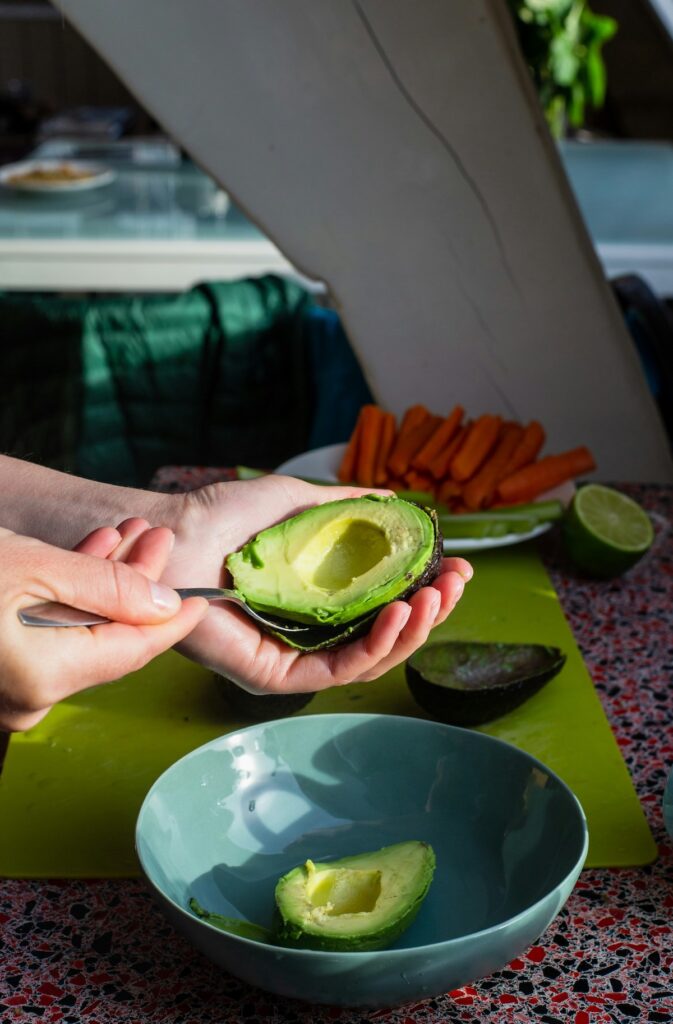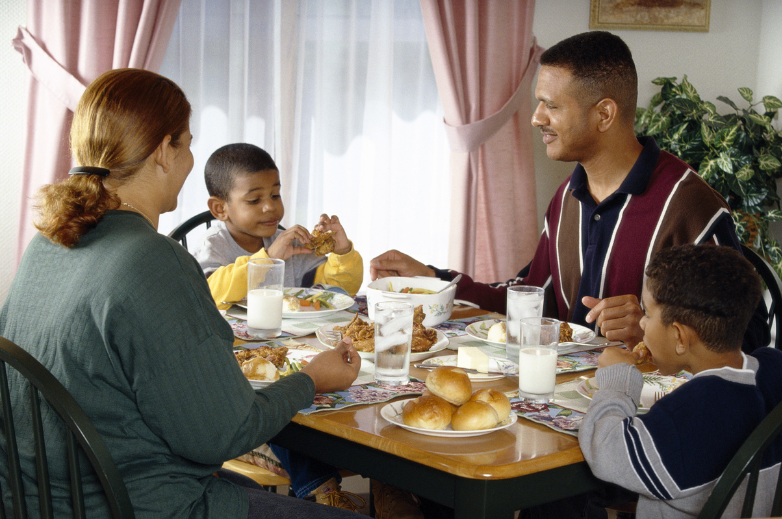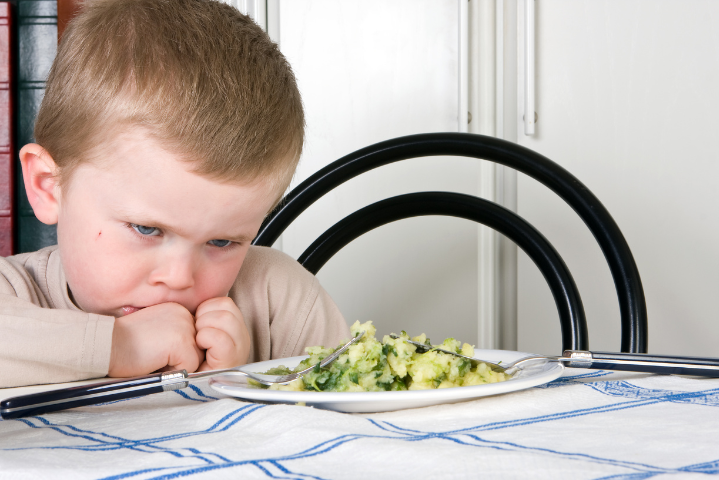What if fun brunch food didn’t have to be full of chemicals or refined sugar? As a mom of 2 and a self-confessed mega food enthusiast, I hope this blog post can help you rediscover some healthy, classic breakfast foods with your kids this Mother’s Day.
From prepare-ahead oatmeal cookies to rainbow yogurt bowls and talking teddy bear toast, there should be a couple of options suitable for any household with kids aged 2+!
Fun, Kid-Friendly Mother’s Day Brunch Suggestions
1. Fruit and Friends Fiesta
I hope you slept well because you’re invited to a fiesta!
Simply fill bowls with slices of your favorite fruits, cheeses, lean lunch meats, boiled eggs, crackers, nut kinds of butter and more. Then in the morning, pop the food onto the table and Voila! You have a picky bits Mother’s Day brunch fit for a queen.
You can also prepare this set up the night before Mother’s Day, so you can your family can connect over the food on your day of celebrating parenthood.
Bonus: This idea may also help you work on food chaining from breakfast foods your kids already enjoy and encourage them to try similar foods.
2. Yogurt Bowl Buffet
This next idea is similar to the first. However, it focuses on starting with a bowl of Greek yogurt (swap to a soy-based yogurt for a dairy-free and vegan alternative!). Then set up bowls with topping options to allow for full customization, including hemp seeds, chia seeds, sliced strawberries, a drizzle of runny almond butter (or a creamy, chocolatey homemade nutella!) and granola.
Pro tip: Add some natural coloring to your yogurt to create fun rainbow colors! Use fresh fruit (dragon fruit, blueberries, acai berries), superfood powder (spirulina or beetroot), or even a tiny amount of turmeric powder to add some unicorn magic to your brunch.
3. Pancakes / Waffles
Pancakes and waffles are a great option for parents of kids aged 2 or even 6+. And there is no need to head to the Waffle House when you have waffles at the house!
Depending on your Mother’s Day schedule or kid’s cooking abilities, you could opt for a totally homemade batter recipe (such as these healthy banana oatmeal pancakes) or use a protein pancake mix that you can mix with milk to create your batter on a sleepy morning.
Similarly to the yogurt bowl idea above, the beauty of this meal is that is also highly customisable and involves fun food play for picky eaters to get your little ones excited about their food. You can also add a dash of cinnamon or blueberries into the pancake mix to, well, mix up your flavours!
Try new shapes: My son loves the idea of adding pointy or sharp things to his foods so cutting his strawberries into stars or making the banana chunks into triangles is something I love to do to keep him curious about the fruit topping options!

4. Breakfast Banana Cookies
The cookies contain oats for long-lasting energy, healthy fats including almond butter and seeds and no refined sugar, they should keep you and your littles full of energy all morning.
Breakfast banana cookies are a great grab-and-go option if you and your household are heading out to visit other family members or have a jam-packed day of activities as you can make them ahead of time! And speaking of Jam (aka British Jelly!), you can even top the cookies with some strawberry jelly to get your little ones accustomed to the idea of a refined breakfast.
To go: Pack as an emergency snack to satisfy hungry toddlers during the day!
5. Talking Teddy Bear Toast
If you follow my Instagram, you’ll know I am a huge advocate for making food enjoyable for children. So why not spend the extra 5 minutes transforming a ‘boring’ meal, such as peanut butter on toast, into a teddy bear to ignite your kid’s interest in what goes in their mouth?
Simply take your wholegrain toast and help your kids spread over their favourite nut butter. Then help them arrange banana slices, berries or seeds into the toast teddy’s ears, eyes and mouth.
Bonus: encourage your kids to get creative and prompt them to come up with a name and story for each toast teddy.
6. Allergen-Friendly Banana Bread
Of course, I can forget that some parents or kids have dietary restrictions. So this delectable allergy-friendly banana bread recipe will suit most household requirements!
It’s a goddess when it comes to being free from dairy, eggs, gluten, nuts and refined sugar while delivering all the whole food goodness you and your family deserve. And like most of these ideas in this blog post, your kids can get involved, as all stages until the baking part are heat-free.

7. Simply Boost Your Regular Breakfast
Follow the PFCF rule (if you are new to this concept this Instagram slideshow from my page Nutrition for Littles can help) to add some additional ingredients to transform your regular breakfast into one that is dynamic, rich in micro and macronutrients and even more tasty!
For example, add some crushed nuts to your cereals, add creamy nut butter to your waffles, pair your eggs with a slice of wholegrain toast and a side of sliced apples.
Get your creative juices flowing: You can also make this DIY vanilla coffee syrup with your kids to use in your morning brew to go alongside your Mother’s Day breakfast.
Happy Mother’s Day!
Hopefully, these simple and delightful brunch ideas for kids of all ages, including those as little as 2 years old, can inspire you to get creative in the kitchen with your family this Mother’s Day.
These recipe recommendations are just a starting point to help you involve your littlies in the kitchen and foster their love for healthy eating so feel free to send me a message on social media with your ideas for what you are making for your Mother’s Day breakfast this year.
You may also like this previous blog post from my website on easy ways to boost breakfast. And don’t forget to hop over to my Nutrition for Littles Instagram for more content on how to raise confident eaters who love the food that fuels them. See you there!











